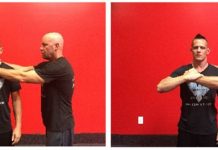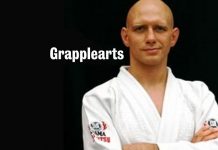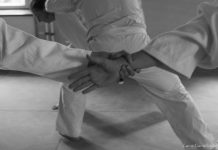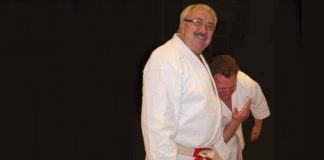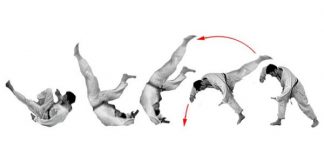Trapping range has been said to be the most combative of ranges. The reason being is the weapons that can be employed (Legs, Fists, Knees, Elbows, Head, Forearm, Shoulder, Hip etc) and the short reaction time to defend against rapid fire attacks in this range. Combat in this range is often fast and furious. Combat has its own rhythm comprising of beats. In this context a beat is defined as the periodisation of a strikes lifecycle from a guarding position to extension and returning to the guarding position.
Progressive Protection Systems uses main drills from other systems to prepare their practitioners for the realities of combat in this range. These include Sticky Hands both single and double, Hubud, push hands and lap sao drill. Filipinos stick and knife fighting drills such as Sambrada are also employed to aid in proficiency in this range. A variety of sparring drills are used with various parameters to highlight and heighten particular attributes needed in this range for combat.
Where PPS differs is that at the advanced level PPS aims to break contact immediately after it has been made. Master Bennett terms this principle “detached sensitivity”. Many systems that are active within trapping range tend to overemphasize limb immobilization. PPS is more driven by the hit motivation, that is, to hit on the earliest beat possible.
Complex trap combinations, which often appear very impressive in the clinical environment of the training hall, fall to pieces in the heat of battle. During this period, adrenalin causes motor function to lose its form. Clean dojo techniques are grossly exaggerated under this combat stress. Also complex trap combinations tend to delay the hit to a beat well into the cycle of battle.
Sticking is de-emphasized in the advance levels. If initial contact is made an advanced PPS practitioner will be able to tell where there is an open target instantly from the direction of the force. A strike is instantly launched to the open target. This is invariably done on the half beat giving the opponent little chance to defend.
PPS’s emphasis on developing short power from the co-ordination of the body’s mass allows it to strike on half beat whereas combat is often traded on full beating functions.


